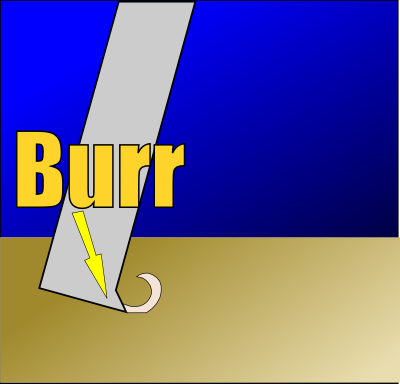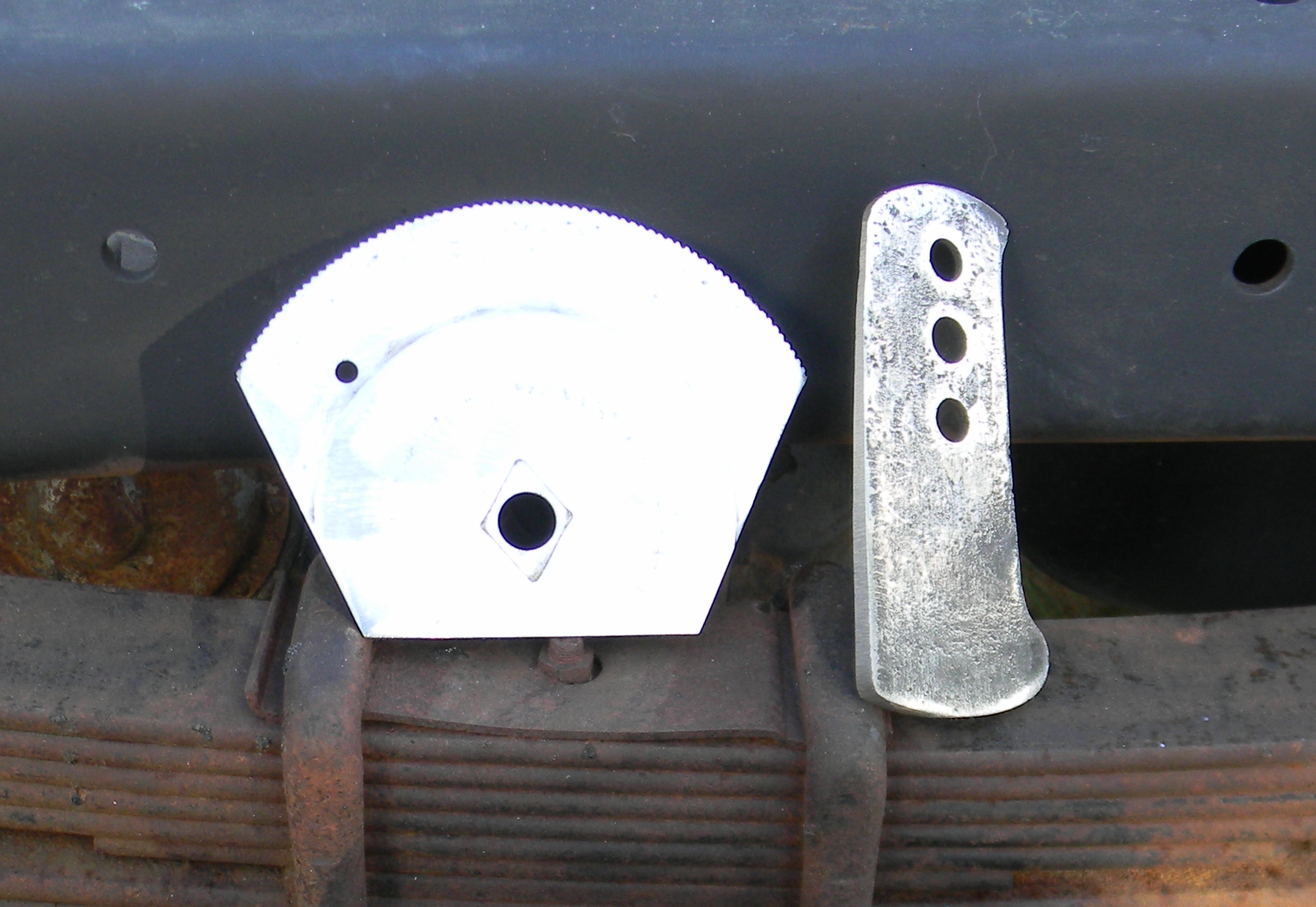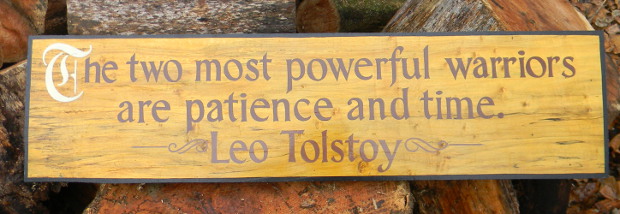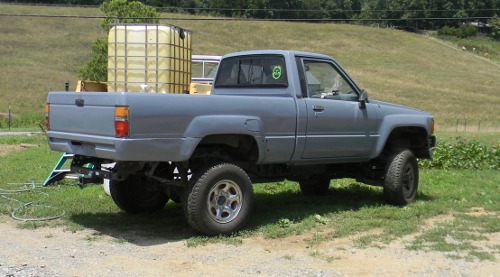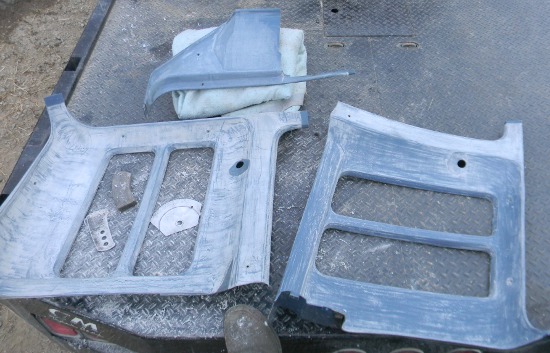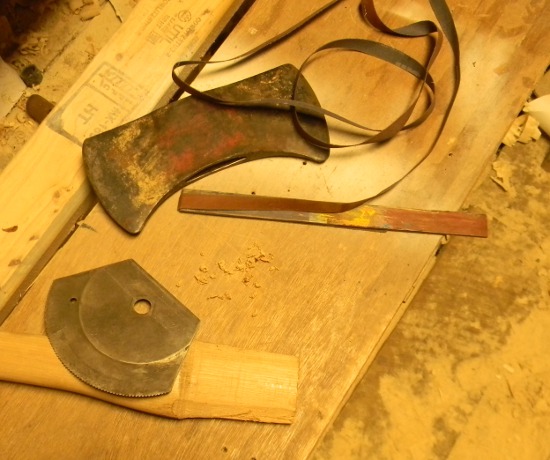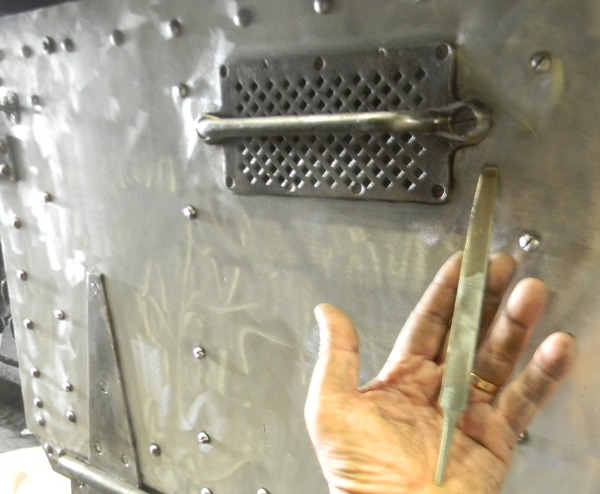I guess it was about 26 years ago that I was at a piano repair shop, and saw a man using what he called a card scraper. I filed the memory into the “investigate this someday” folder, where it stayed until now. I finally started using the tool.
It’s very simple, it’s the only tool I know that uses a burr deliberately, instead of eliminating the burr. I’ll try to explain what a burr is: imagine seeing a microscopic view of a knife edge as it’s being sharpened. If one is not careful, as one rubs the edge against a stone, the edge won’t get finer and finer. It will get thin, like a very thin piece of paper or foil. As one continues to push this this edge of metal against the stone, it will curl over to one side. That is a burr.
The card scraper is a rectangle piece of steel, that one holds in the hand. There is a tool that forms the burr off one of the flat edges. That’s how it’s sharpened. I don’t have the tool, or the method, and my first scraper was just a piece of circular saw blade. My second one (with the holes) ids made from a leaf spring. I just run the edge along a bench grinder, which forms a burr, and use it that way. Not sophisticated, might not stay sharp as long as the other way, but if the grinder is handy, so what.
That said, I am finding all kinds of uses for these. Jobs that would be very difficult with other tools are easy with this. When I first saw it being used, it was to knock off imbeded dust and imperfections in a fresh piano finish. That was probably the first thing I did with it, dressing a fresh coat of shellac. It does the same thing as wet sanding, maybe better. Did you know that shellac was made from bugs? It’s really a handy old school finish. I use the unwaxed type as a first coat on bare wood. It dries quickly, and is said to bring out natural wood color better.
Since then, I’ve used the scrapers on a lot of projects. Here are some ways: shaping fresh body filler on the concave little pocket just in front of the rear fender of a 1980’s Toyota truck. Shaping wood panels prior to finishing (The Tolstoy sign). removing deteriorated vinyl and carved initials from the interior panels (sandpaper didn’t work) of a 1995 Ford truck. (On those vinyl truck pieces, the bundled blanket lets me bend the piece convex to make the work easier. It’s the opposite of a bowl in a log stump for hammering sheet metal.) Fitting a new axe handle. distressing the red and blue letters of the “What Happened…” sign. That’s a partial list.
I made an impromptu third one, on the end of a dull little file. It worked great, and then I started using the side edge corner. I suppose that one’s mind starts to grasp the use of sharpened square edges in numerous ways.
A VERY handy tool, worth adding to your box and abilities.